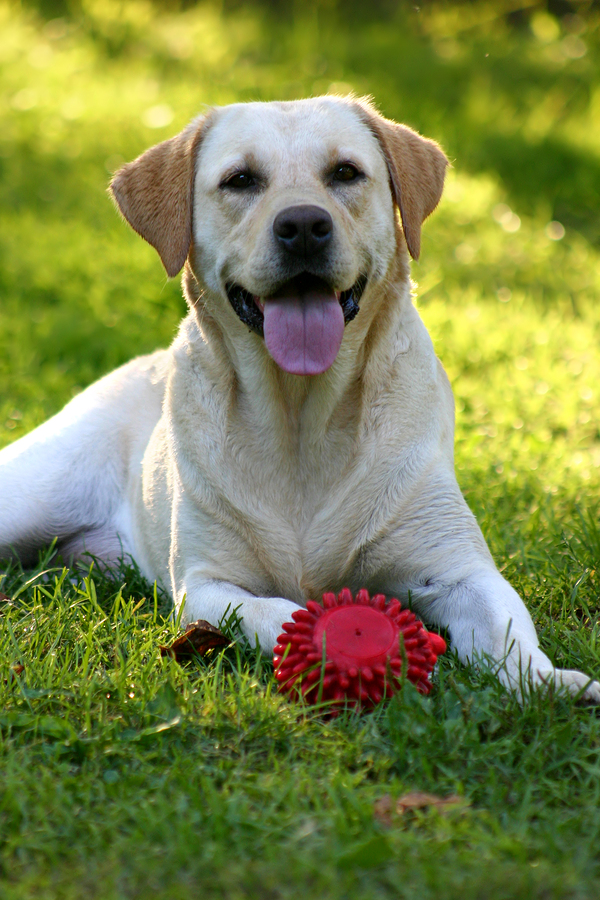It’s important for dogs to get daily exercise. In fact, many of us get dogs to help ensure that we get more exercise. But life gets in the way, and sometimes walking the dog falls low on the priority list.
We get it. Walking a dog can be a big commitment, especially if you have one whose activity level is set to overdrive.
It’s all too common to assume that your dog gets plenty of exercise running around in the backyard. But if you were to put a dog cam out there or place an exercise tracker on him, you might be surprised and dismayed to learn that he’s as much of a couch potato as you are when he doesn’t have your presence to motivate him to move.
If you worry about the amount of exercise your dog gets, you’re not alone. But while walks might be the most common form of exercise and environmental entertainment for dogs, they don’t have to be the only one, and they don’t have to occur every day.
Skipping a walk once in a while isn’t going to put you at the top of the “Top 10 Most Wanted Bad Dog Owners” list. While a walk provides your dog with both mental stimulation and a physical workout, it’s not the only way to exercise him. Here are six ways to help your dog get in some activity when work or weather (hot, cold, or wet) preclude a walk.
–Fetch. You and your dog can play this classic game in the backyard. Toss a ball, flying disc, or other toy until your arm is tired.
–Hall pass. Small dogs such as Cavalier King Charles Spaniels, Chihuahuas, Maltese, Shih Tzu, and Yorkshire Terriers can enjoy chasing a ball down the hall—perfect for rainy days.
–Brain games. Load a puzzle toy with kibble and let your dog “hunt” for his dinner. If this is a new activity, be sure it’s not too difficult for him at first.
–Training challenge. Run through a series of sits, downs, stays, comes, spins, tricks—whatever your dog knows. He gets in some activity and practices his good behavior. The practice is good for you, too.
–Play a hide-and-seek game. Hide treats throughout the house and let your dog go find them. Or have him go find your kids or your spouse. If he is trained in the sport of nose work, it’s easy to play at home, both indoors and outdoors.
–Go someplace new. Try out that neighborhood park you don’t visit very frequently or check out someone else’s yard through the canine version of AirBNB: www.sniffspot.com. It offers private spaces for hourly rental, ranging from basic backyards to places with pools to large acreages with lakes or hiking trails for off-leash play and the enrichment value of new sights and smells. If you don’t have a yard or you don’t want to run the risk of your dog encountering unfriendly canines at a dog park, it’s an alternative to consider.
This article was reviewed/edited by board-certified veterinary behaviorist Dr. Kenneth Martin and/or veterinary technician specialist in behavior Debbie Martin, LVT.
Kim Campbell Thornton is content manager for Fear Free Pets and is an Elite Fear Free Certified Professional. She has been writing about dogs, cats, wildlife, and marine life since 1985 and is a recipient of multiple awards from the Cat Writers Association, Dog Writers Association of America, and American Society of Journalists and Authors. When she’s not writing or editing, she’s competing in nose work trials with Harper and Keeper, her Cavalier King Charles Spaniels.








